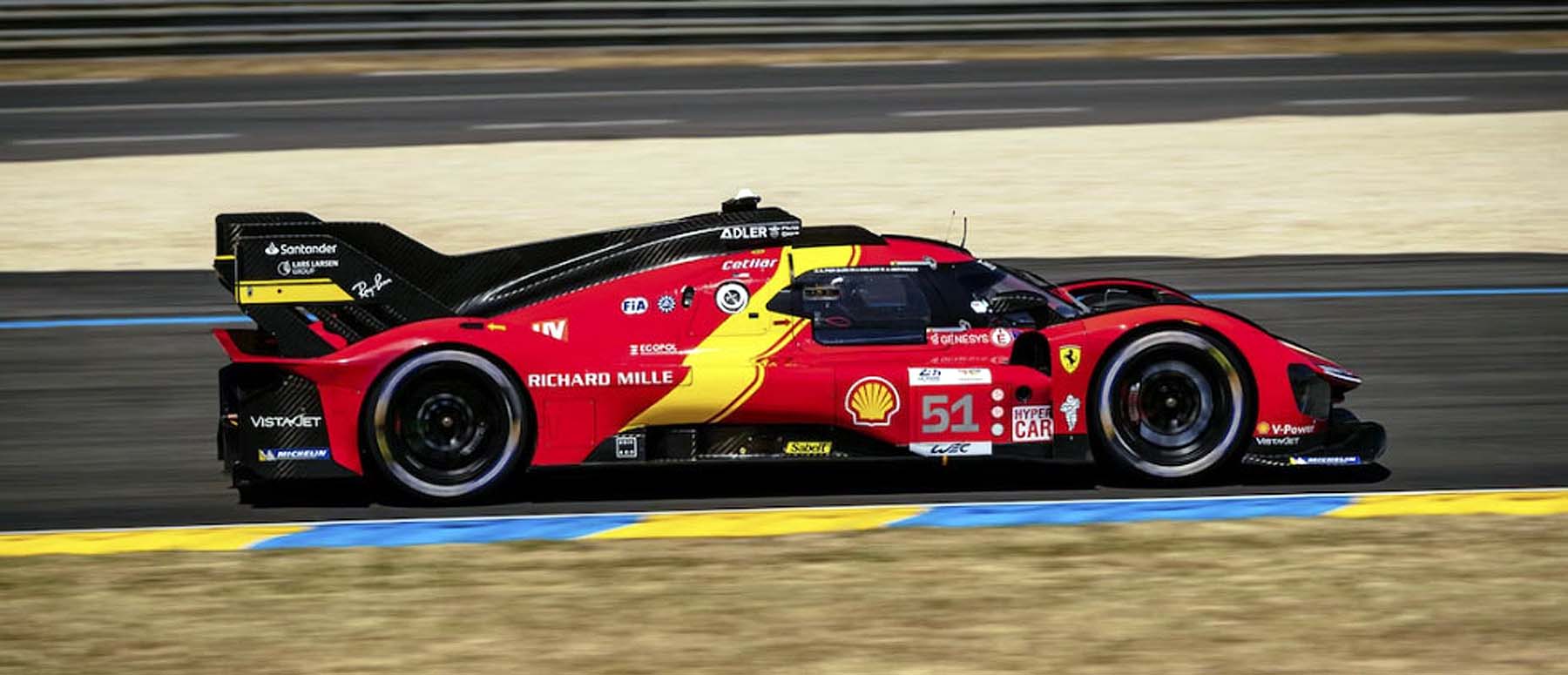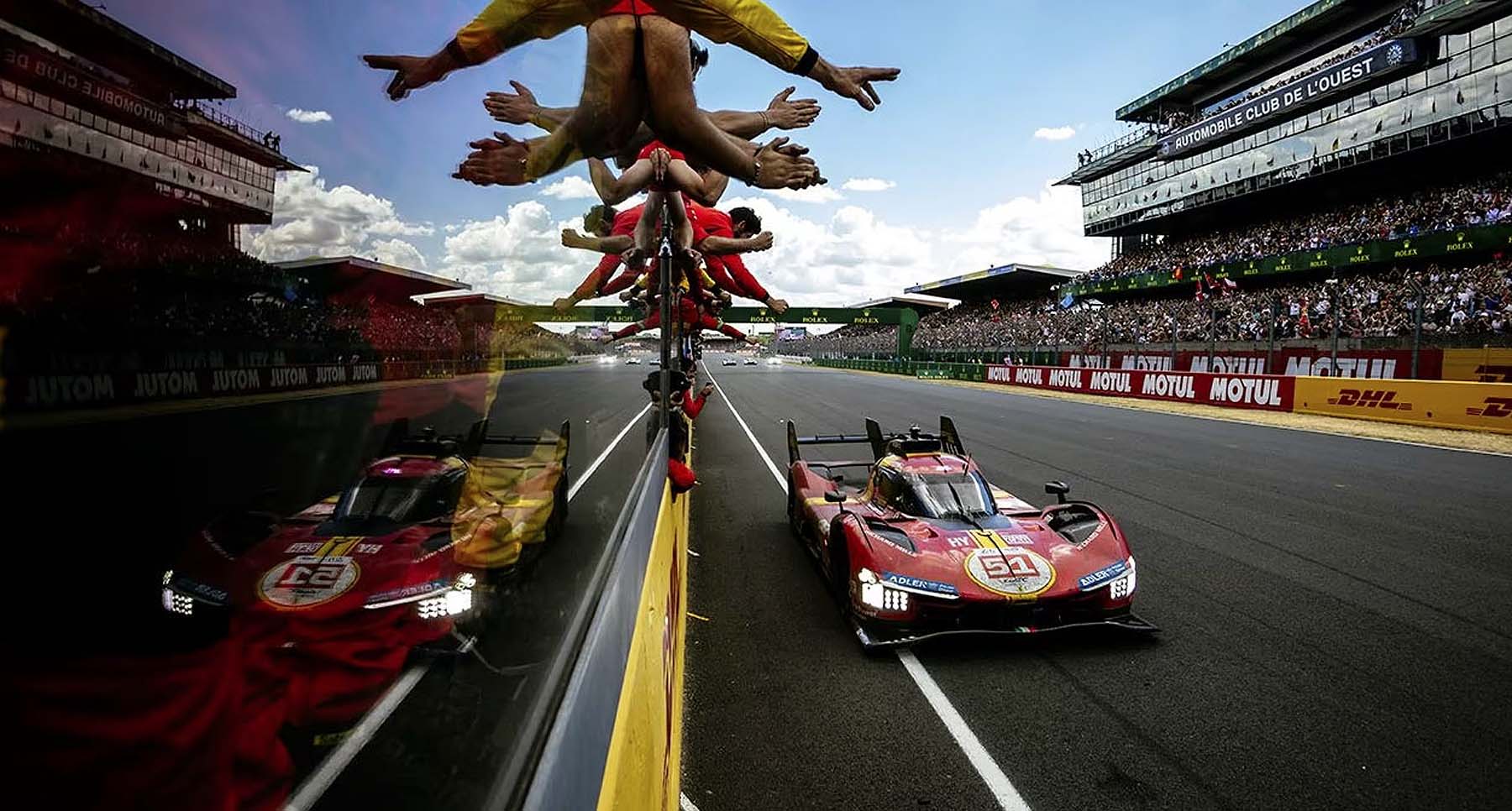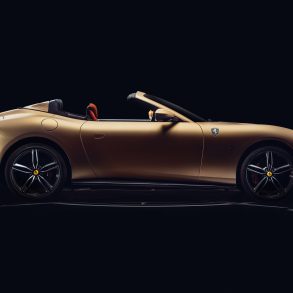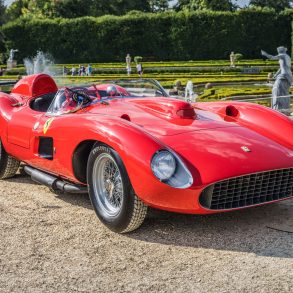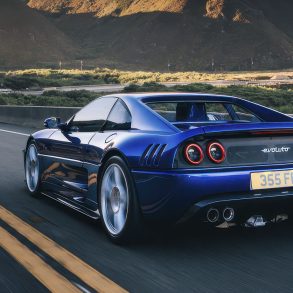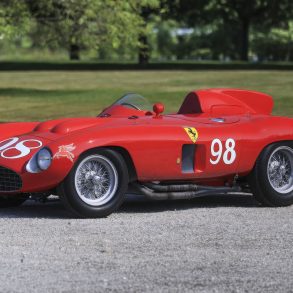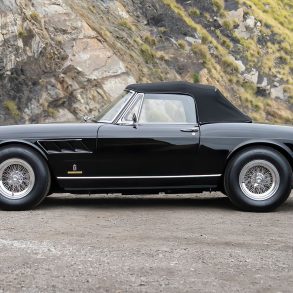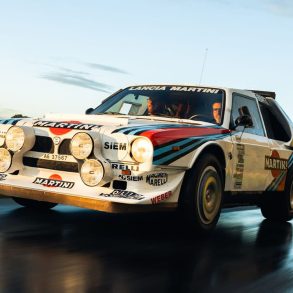Retrospect from 1949 to 2023
Having just conquered the most prestigious challenge in endurance racing, Ferrari’s overall win at the Le Mans 24 Centenary begs us to honor some of their most historic moments at the French marathon of man and machine. Starting over half a century ago, Ferrari’s exploits at Le Mans showcased their technical expertise, engineering, and above all, one man’s personal quest for dominance. While each triumphant win helped build its reputation as a world-class sports car builder, we select five to remember starting with…
1949: A legacy is born
Ferrari achieved a historic milestone by winning the 1949 24 Hours of Le Mans. This victory marked the beginning of the brand’s illustrious history in motorsports that continues to this day. Driven by Luigi Chinetti and Lord Selsdon, the Ferrari 166MM featured a Lampredi-designed tube frame chassis with a double wishbone/live axle suspension. The small V12 engine had single overhead camshafts and a 2.0-liter displacement. Output was only 138 BHP at 6,600 rpm, but enough to propel the little “Barchetta” to over 130 mph down the Mulsanne straight. What’s so incredible about this victory is that Luigi Chinetti drove over 22 hours, a feat never to be repeated.
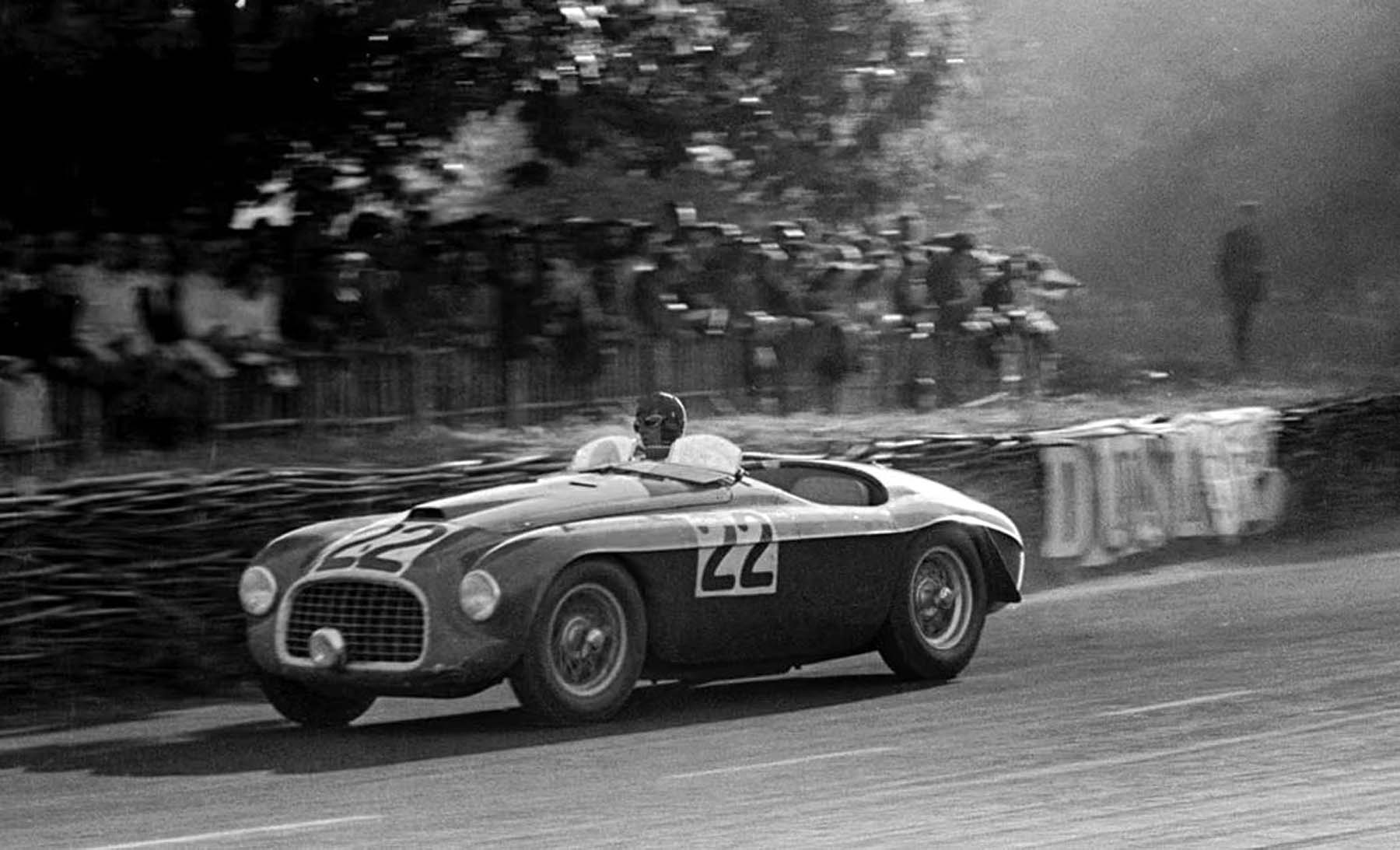
1954: Seven minutes of panic
Ferrari added another chapter to their Le Mans history, courtesy of their brutish model 375 Plus, a powerful aluminum-bodied purpose-built racecar. Piloted by José González and Maurice Trintignant, the Ferrari demonstrated remarkable speed and endurance, overcoming formidable competition from the factory Jaguar D-Types and Aston Martins.
But it wasn’t without drama. With two hours left, González and Trintignant were two laps ahead of the factory D-Type. Thirty minutes later, Trintignant brought the Ferrari in for a routine pit stop. González jumped in, but the V12 refused to restart. The Ferrari lost seven minutes as the mechanics desperately worked on the engine. In what felt like a lifetime, the Ferrari was motionless until the problem was found; rain-soaked ignition wires. Finally, González left the pits just in time to stay ahead of the second-place Jag and finish for the win.
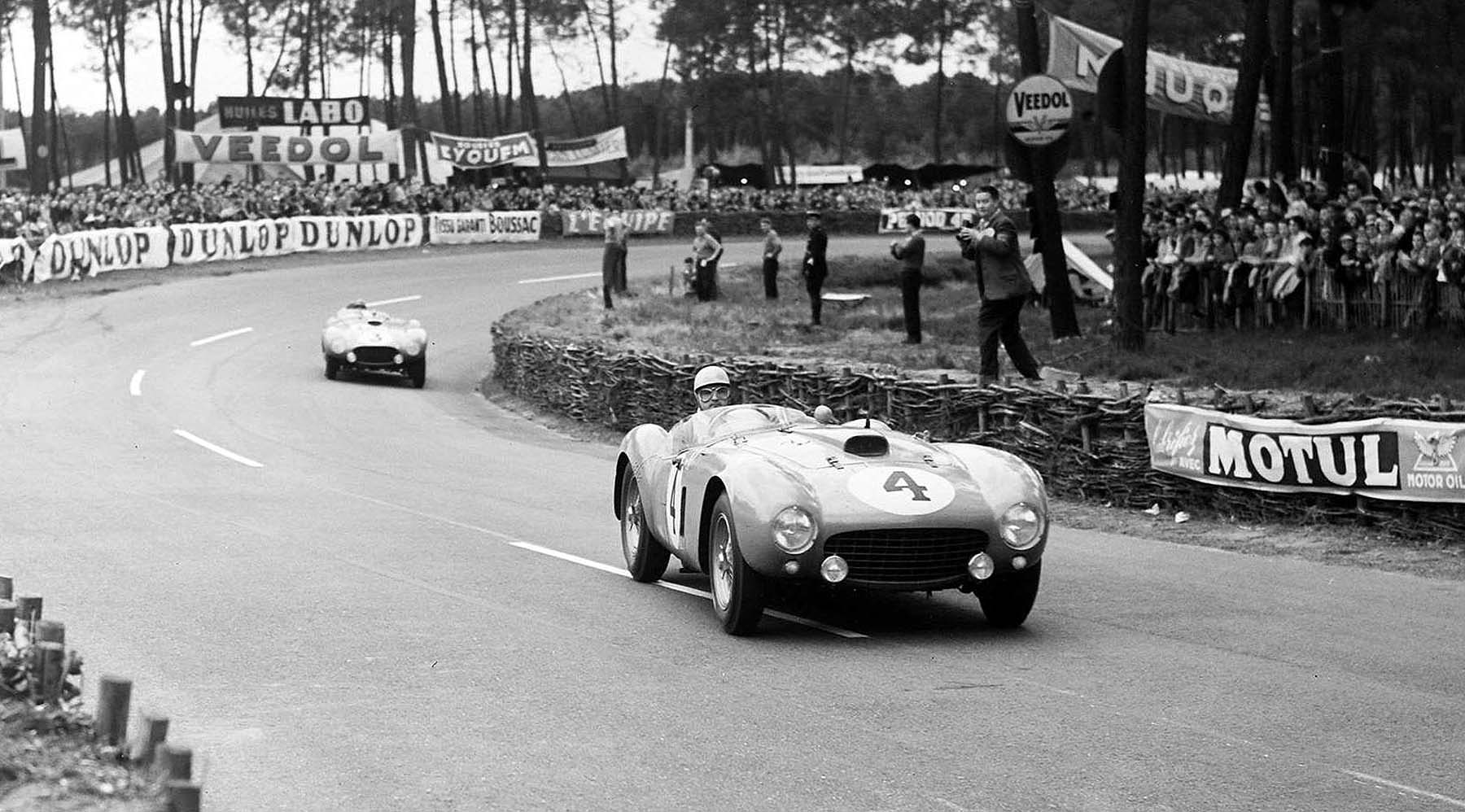
1958: Ferrari breaks Jaguar
Between 1955 and 1957, six Jaguar D-Types earned podium finishes. Its reliable inline-six engine and low-drag body made it unbeatable over the long-legged straights that formed the Le Mans circuit. And with Stirling Moss at one of the wheels, it looked like Jag was the favorite for winning their fourth in a row.
Ferrari drivers Olivier Gendebien and Phil Hill drove a model 250 “TR58.” Unlike the previous 250 Testa Rossas (aka Red Heads), the body was constructed by Fantuzzi and featured a cutaway nose that replaced the famous pontoon fenders. The design was more aerodynamic and incorporated numerous ventilation grilles and air inlets. It was also fitted with disc brakes, a first for Ferrari. Moss took an early lead in the Jag and continued out front until a connecting rod broke shortly after 6PM. Later a storm passed through with a torrential downpour causing 12 entries to crash and retire. As daylight emerged and the checkered flag fell, the prancing horse of Hill and Gendebien crossed first, ending three years of dominance by the Jaguar D-Type.
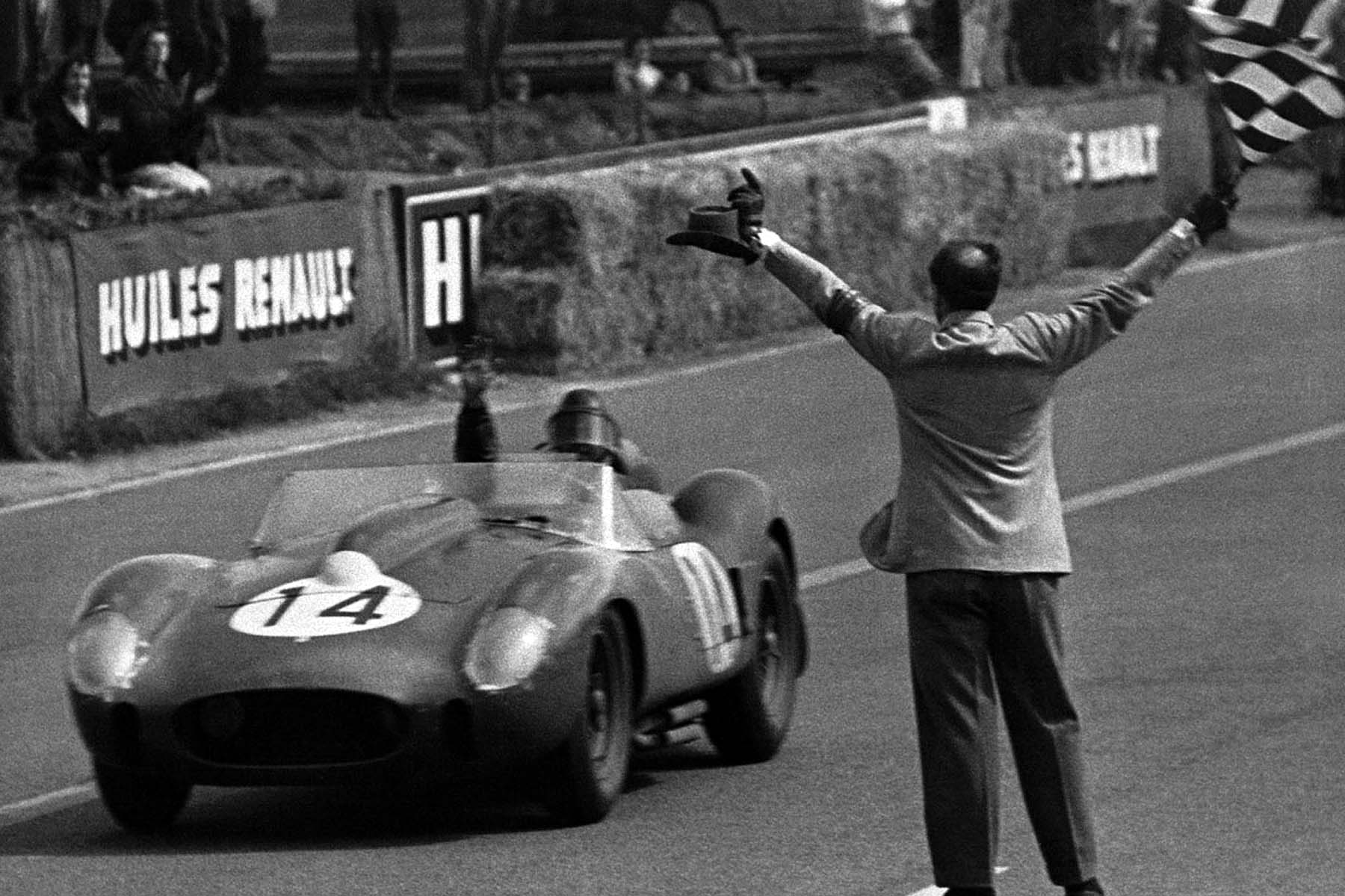
1965: David vs. Goliath
From 1960 to 1965, Ferrari embarked on an unprecedented dominance at the 24 Hours of Le Mans, securing six consecutive overall victories. This remarkable record proved to the automobile world that a small company could still win through superior design and talent. The traditional front-engine 3-liter 250 Testa Rossa captured the first two wins, followed by a “one-off” 330 TR (larger 4-liter V12) taking the third in 1962. The 1963 through 1965 races were won using Ferrari’s new mid-engine design 250 P, 275 P, and 250 LM racecars.
During the 1965 event, both of Ferrari’s factory entries had numerous issues resulting in DNFs. However, Luigi Chinetti’s NART (North America Racing Team) Ferrari was driven by Masten Gregory and Jochen Rindt ran smoothly. A bad distributor would cost the team a 30-minute pit stop, as did a damaged rear differential towards the end of the race. Nevertheless, the duo nursed the car home and earned the win. Why all the fuss about this win? Ferrari’s victory in 1965 exemplifies the “David versus Goliath” scenario as the small Italian company was attacked by no less than six Ford GT-40s and four Shelby Daytona Coupes. As is said in racing, to finish first; first you have to finish.
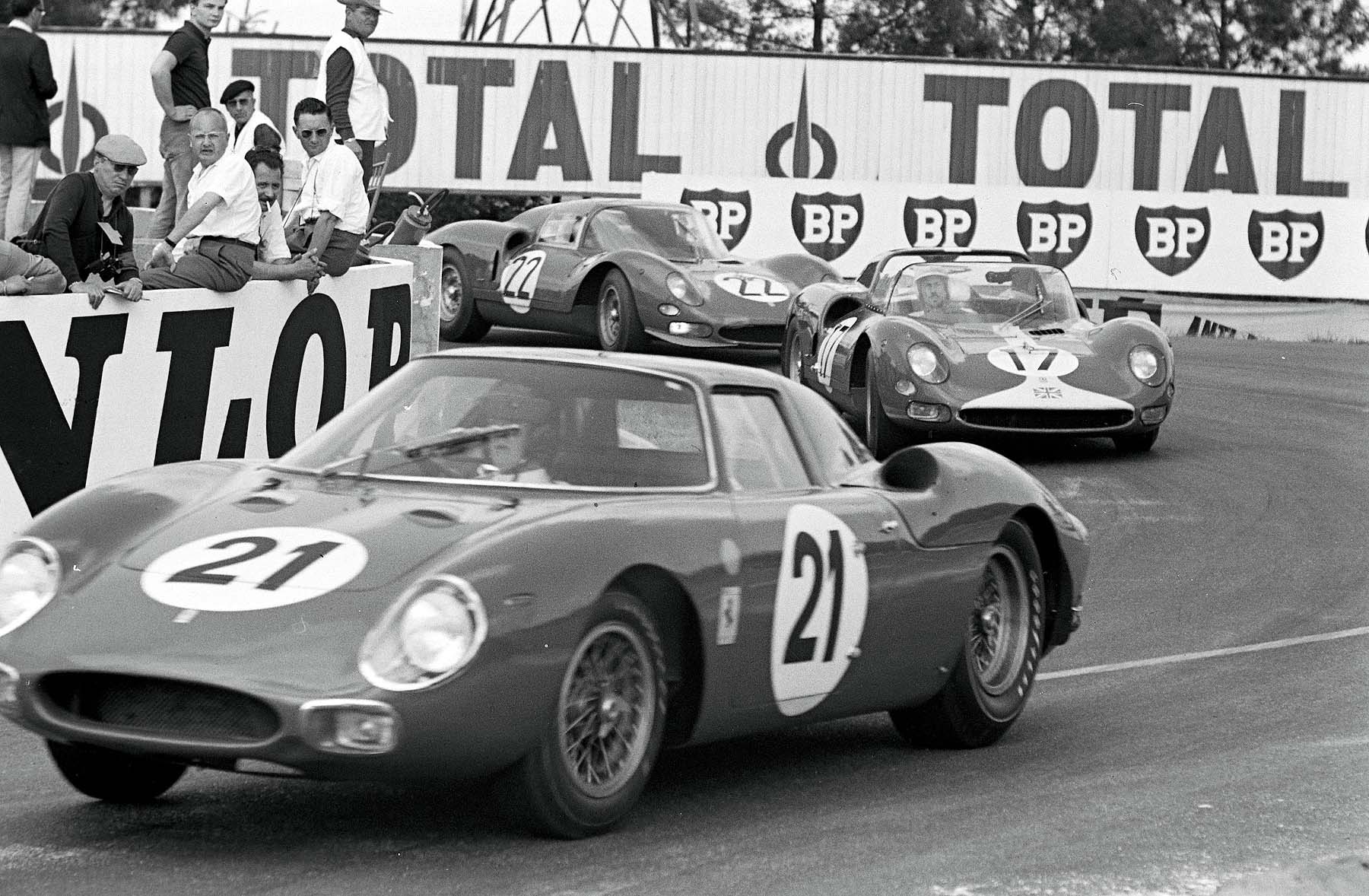
2023: Return of the Prancing Horse after 58 years
Excitement was in the air as the new era of the Hypercar class dawned at the Le Mans 24 Centenary. Ferrari’s new hypercar, the 499P, uses a 3 liter, 671 bph, twin-turbocharged V6 engine and features semi-permanent all-wheel drive, with an electric motor at the front axle for an additional 268 hp.
Because of numerous rain showers and resulting accidents, the fight for the lead eventually came down to the #51 Ferrari and the #8 Toyota. Although Ferrari driver Pier Guidi went off course at the Mulsanne chicane, he climbed back into the lead until a pitstop in the 19th hour went south when the car wouldn’t start. This brought the two leaders just seconds apart when the Ferrari eventually came back out.
Then Toyota pilot Hirakawa lost control under braking at Arnage, sliding into the barriers. He limped the car back to the pits, and the crew scrambled to make repairs before sending it back out. Shortly after that, Pier Guidi brought the Ferrari in for its final stop and had to perform another power cycle to get it started. With just 23 minutes left, the #51 Ferrari left the pits and stayed in front of the Toyota to capture the win.


